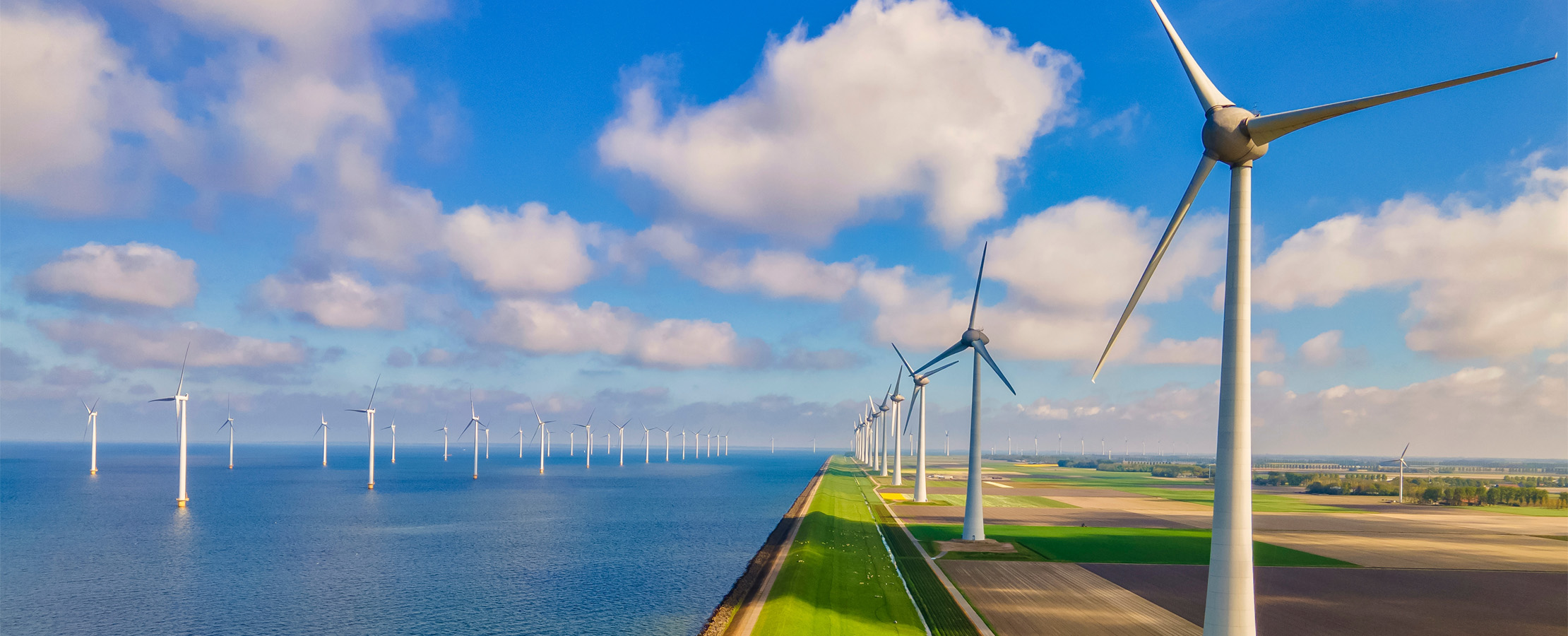What constitutes clean energy?
The energy transition represents a shift from dirty to clean sources of energy. Thinking about carbon intensity shows how our definitions of 'dirty' and 'clean' might provide a more useful way of thinking.
Beyond the binary
There is widespread consensus on the fact that "clean" energy is key to reaching net-zero – but there is less consensus about precisely what clean energy is.
Clean energy can be loosely defined as energy made without causing harm to the environment. Renewables like wind, solar, and geothermal are synonymous with ‘clean’, while fossil fuels – especially unabated fossil fuels – are synonymous with ‘dirty’.
However, many sources are not so easy to slot into these binary categories. For instance, the European Commission has angered some environmental activists by categorizing nuclear (which emits no carbon during operation) and natural gas (which emits less carbon than other fossil fuel-based energy) as ‘bridge technologies’ in a taxonomy of green technologies.
To categorize every energy source as ‘clean’ or ‘dirty’ is an oversimplification. In deciding which energy sources to prioritize in the coming years, it is more helpful to consider them in terms of their carbon intensity.
Quantifying cleanliness
Carbon intensity is a measure of the climate impact of energy. It refers to the amount of carbon dioxide emitted in the production of each unit of electricity and is usually measured in gCO2/kWh. The average carbon intensity of electricity generated in 2022 was 436 gCO2/kWh – the lowest carbon intensity on record.

Methodologies to calculate carbon intensity can vary, producing distinct sets of results. The most comprehensive pictures come from a life-cycle assessment (LCA), which considers the carbon emissions associated with every stage in the life cycle of a given electricity generation technology.
Renewables consistently have very low carbon intensities, as does nuclear fission (15-50 gCO2/kWh) while, on the other end of the spectrum, unabated coal has a carbon intensity in excess of 1,000 gCO2/kWh. Natural gas falls somewhere in between, with an average carbon intensity of 450 gCO2/kWh.
Spanning the carbon intensity spectrum
While the energy transition must entail a shift from ‘dirty’ (fossil fuel-dominated) to ‘clean’ (renewables-dominated), the energy industry should be encouraged to make all adaptations possible to reduce emissions associated with their existing fossil fuel assets.
This could involve pairing them with carbon capture, utilization, and storage (CCUS) infrastructure, which, in this context, traps carbon emissions from the power station before they can reach the atmosphere. This technology will be a significant part of the move to net-zero, potentially accounting for nearly 15 percent of cumulative emissions reduction by 2070. Calculating the carbon intensity of fossil fuels paired with carbon capture can reflect its lower environmental impact, while the conventional ‘clean’ vs. ‘dirty’ binary cannot.
The production of hydrogen, an energy carrier, also presents a spectrum of climate impacts – this has led to different types of hydrogen being assigned different colors depending on their method of production. They range from carbon-intensive ‘gray’ hydrogen derived from unabated fossil fuels to low-carbon ‘green’ hydrogen derived from renewables-powered electrolysis of water – although this color-coded spectrum is complicated by other factors (e.g.: leakage of other potent greenhouse gases during production). An LCA for hydrogen, such as that set to be presented at Cop28, could reflect this nuanced picture.
Incentivizing decarbonization
Carbon intensity could prove useful for policymakers, regulators, suppliers, and investors as they move beyond a simple binary of ‘clean’ vs. ‘dirty’ and towards a quantifiable ranking of the different energy sources. This could reflect the many possible approaches to reducing carbon emissions – from pairing fossil fuel-fired plants with CCUS to switching wholly to renewables – and allow us to build a more granular picture of progress.
The energy transition is an unprecedented challenge – we must use every tool available to reach a net-zero emissions sector. Shifting from crude categories of ‘clean’ and ‘dirty’ energy sources to a continuous scale that reflects their overall climate impact could help incentivize every step towards a clean energy future.






